Art Collecting in the Digital Age: Opportunities and Challenges

Art collecting, a pursuit once confined to galleries and auction houses, has vaulted into the digital realm. The digital age has reshaped the landscape, offering unprecedented access to art while redefining how collectors acquire and interact with it. As digital platforms become increasingly prevalent, both seasoned connoisseurs and neophyte enthusiasts navigate a rapidly-changing ecosystem. Here, we examine the opportunities and challenges that define art collecting in the digital age.

A New Frontier of Accessibility
The most profound transformation ushered in by the digital revolution is the democratization of art collecting. Through online galleries, virtual auctions, and social media, enthusiasts from around the world can discover and acquire art with the click of a button.
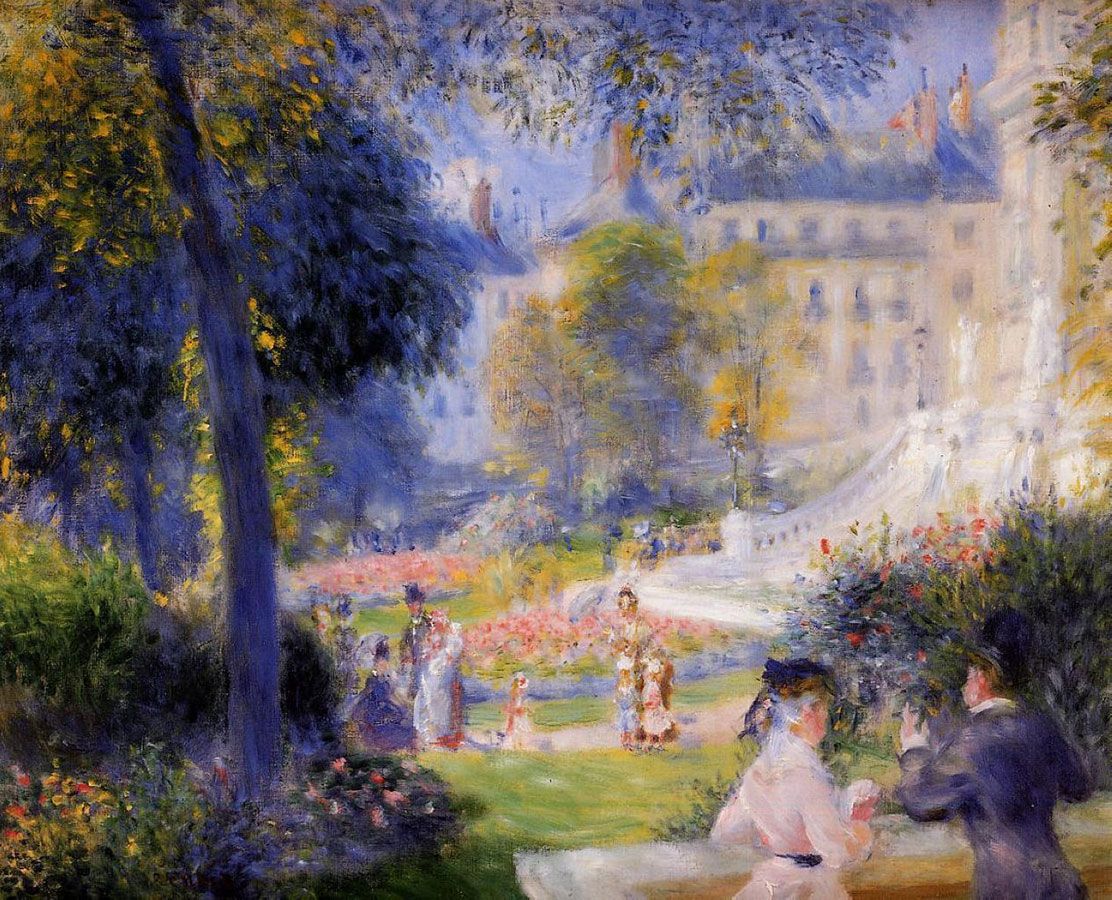
Global Reach
Art collectors are no longer restricted by geography. Digital platforms offer a borderless marketplace where art from distant corners of the globe is as accessible as that of local artists. This globalization of the art market has opened doors for both buyers and sellers, leading to a more diverse and vibrant art scene.

Emerging Artists and Trends
Digital tools allow collectors to spot emerging talent and trends more swiftly. Social media, in particular, empowers artists to showcase their works directly to potential buyers, bypassing traditional gatekeepers of the art world. This immediacy facilitates the rise of new art movements and brings fresh perspectives to the forefront.
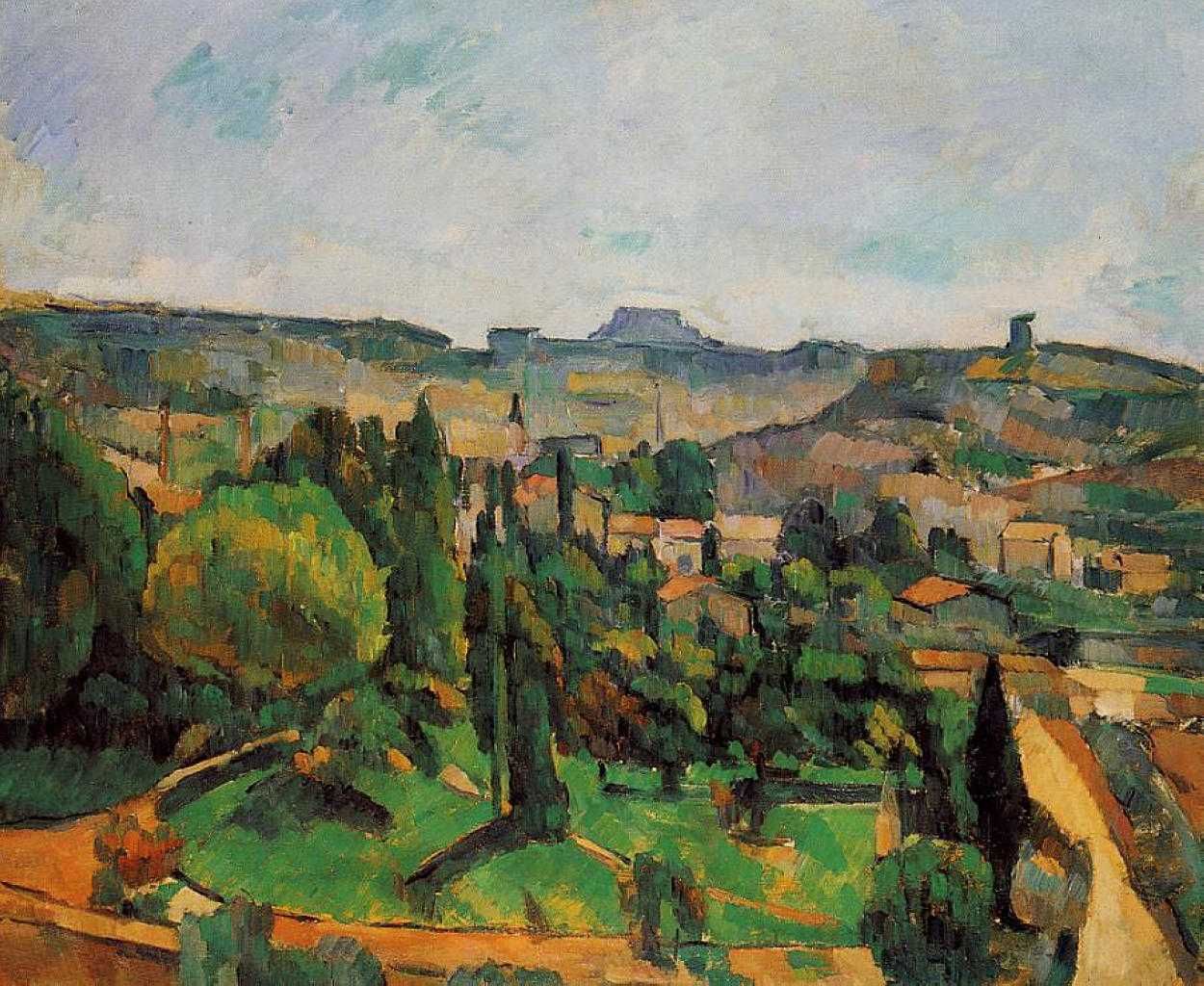
The Intersection of Art and Technology
The digital age has given birth to entirely new categories of art. Digital art, NFTs (non-fungible tokens), and interactive installations challenge conventional notions of what art can be. Tech-savvy collectors are thus exploring novel forms of ownership and display within the digital realm.

Virtual Experiences
Technological advancements enable virtual reality (VR) and augmented reality (AR) experiences that redefine how we engage with art. Virtual exhibitions offer immersive encounters with high-definition artworks, and AR apps allow collectors to visualize art within their own spaces before making a purchase.
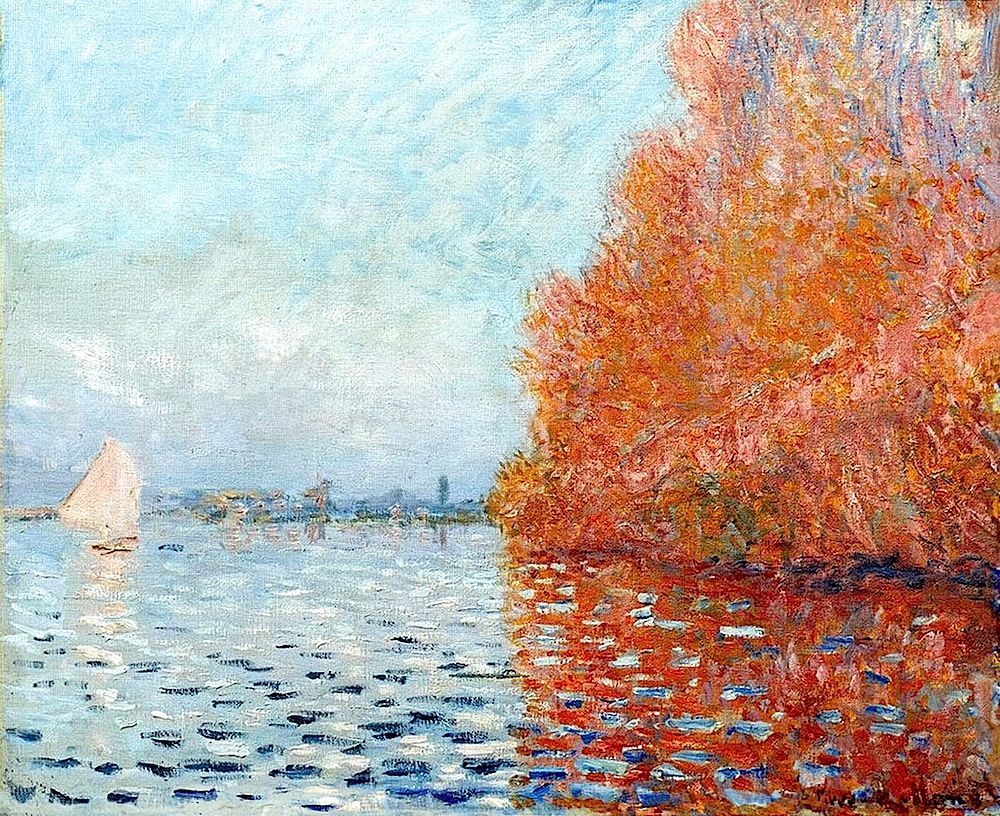
Navigating Digital Authenticity and Provenance
Yet, the ease of reproducing digital content raises concerns about authenticity, a cornerstone of art collecting. Digital certificates of authenticity and blockchain technology have emerged as critical tools for ensuring legitimate ownership and provenance.
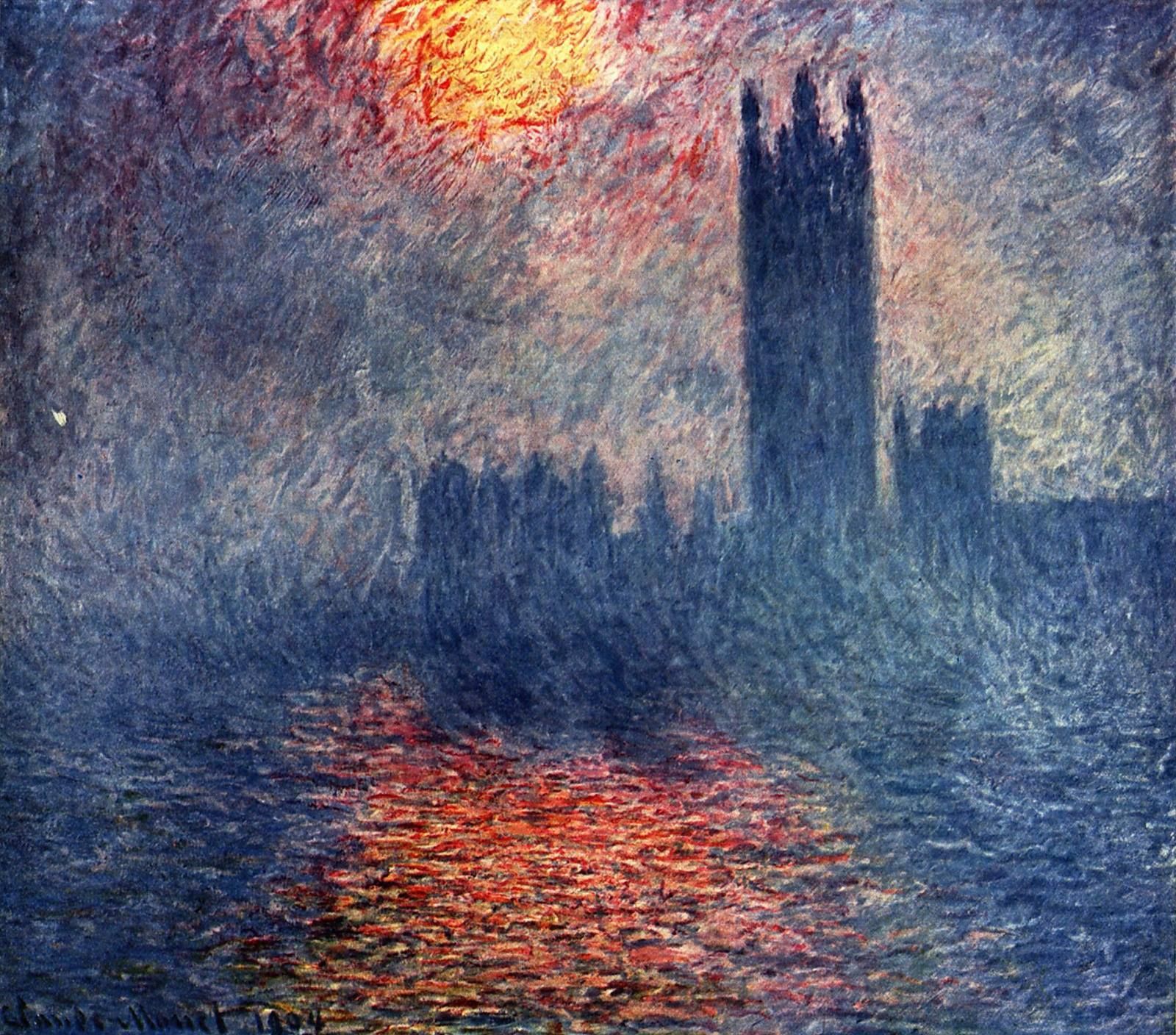
Ensuring Authenticity
In the age of digital reproduction, distinguishing original works from copies becomes paramount. Blockchain's tamper-proof ledgers provide a solution, creating a transparent and secure record of an artwork's history and ownership.
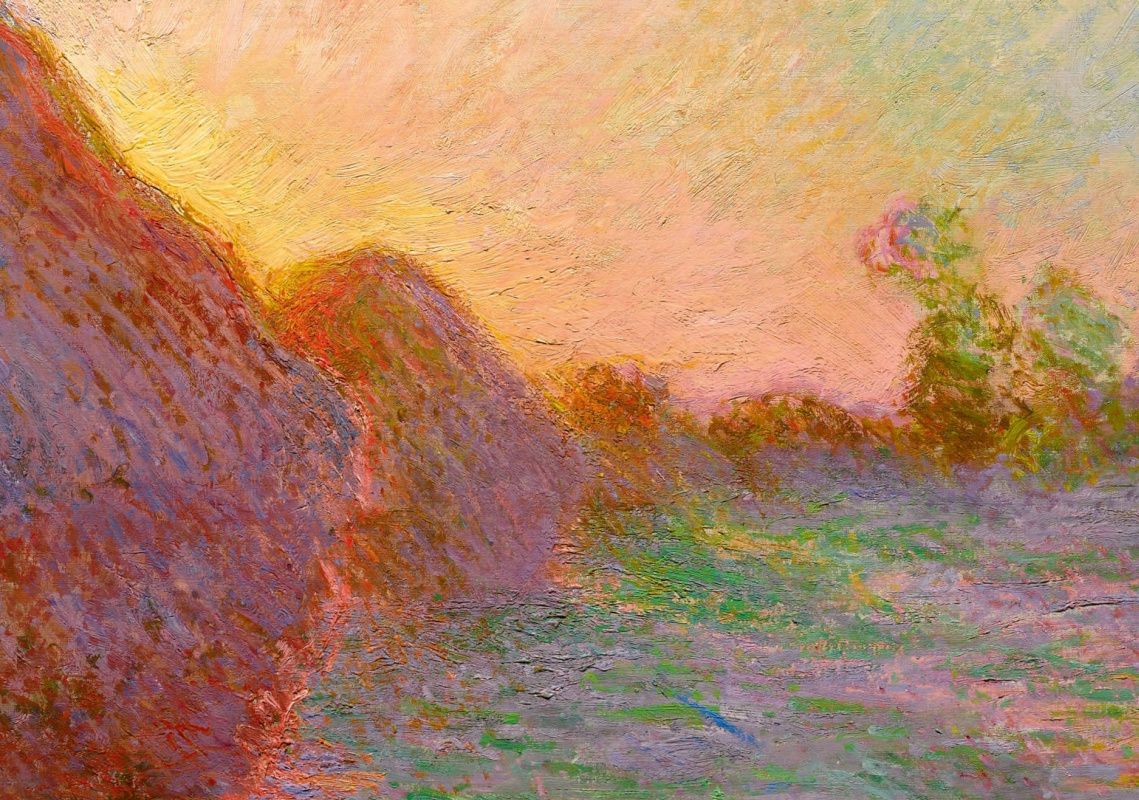
The Overwhelming Digital Landscape
The vast array of options available online can be daunting. Collectors must cultivate discriminative taste and tech-savviness to sift through the abundance of choices. The sheer volume of art accessible digitally requires collectors to develop sharper curation skills and seek trusted sources.
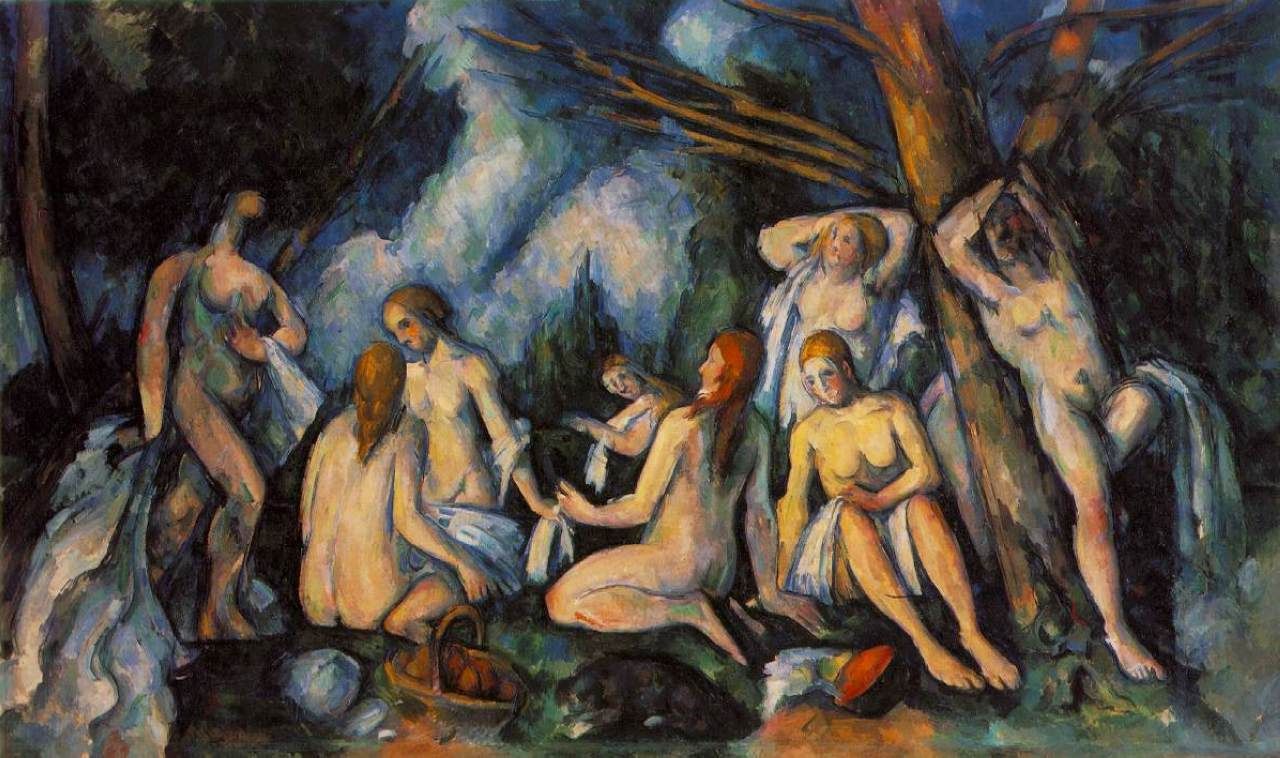
Overcoming Information Overload
Expertise or guidance is needed more than ever to navigate the digital art market confidently. Emerging online platforms with curated selections and personalized recommendations aim to assist collectors in finding art that resonates with their sensibilities.
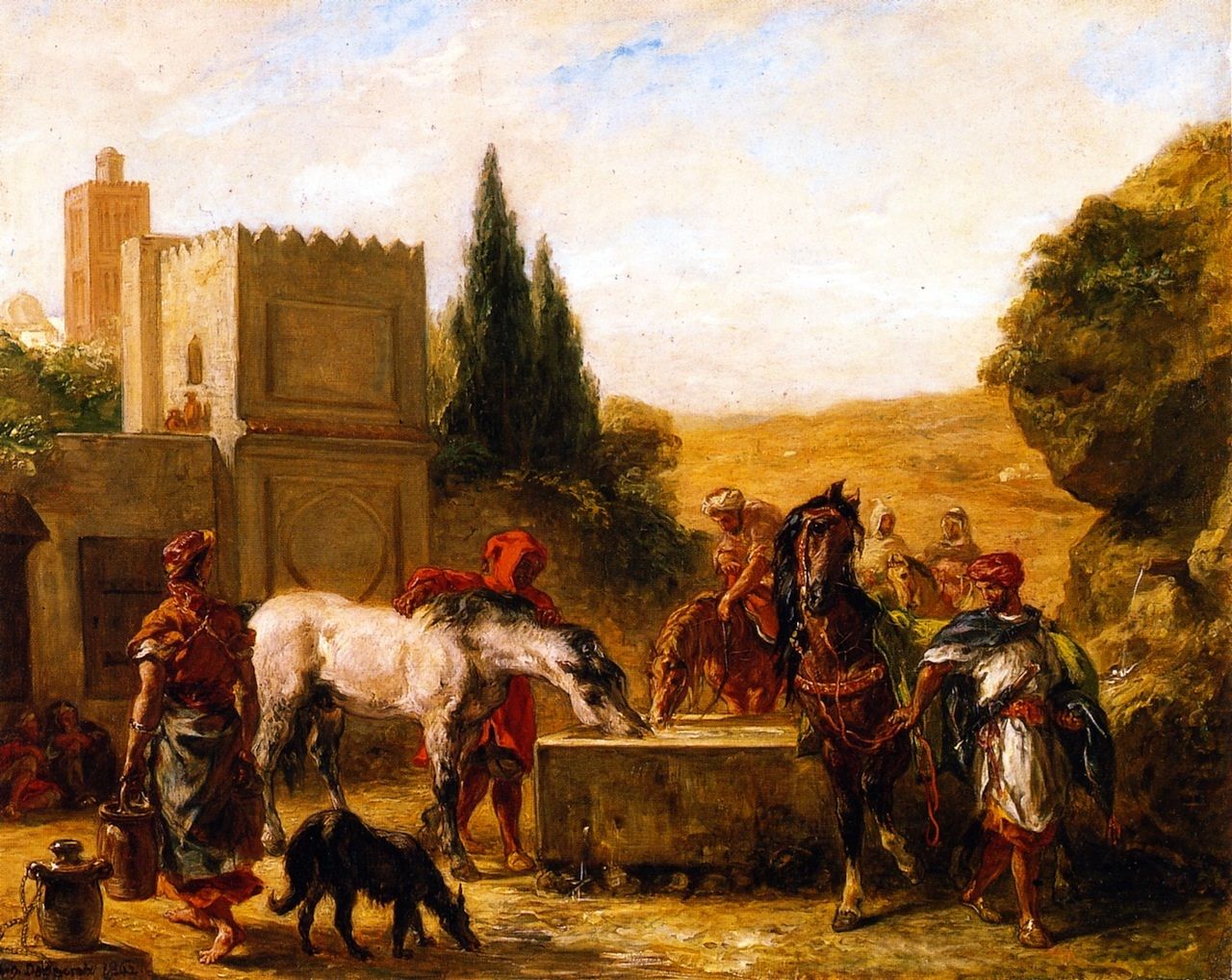
Challenges in the Digital Economy
As art transactions move online, issues of cyber security and fraud become increasingly pertinent. The unique intricacies of online payments, privacy concerns, and digital rights management present a complex set of challenges for collectors.
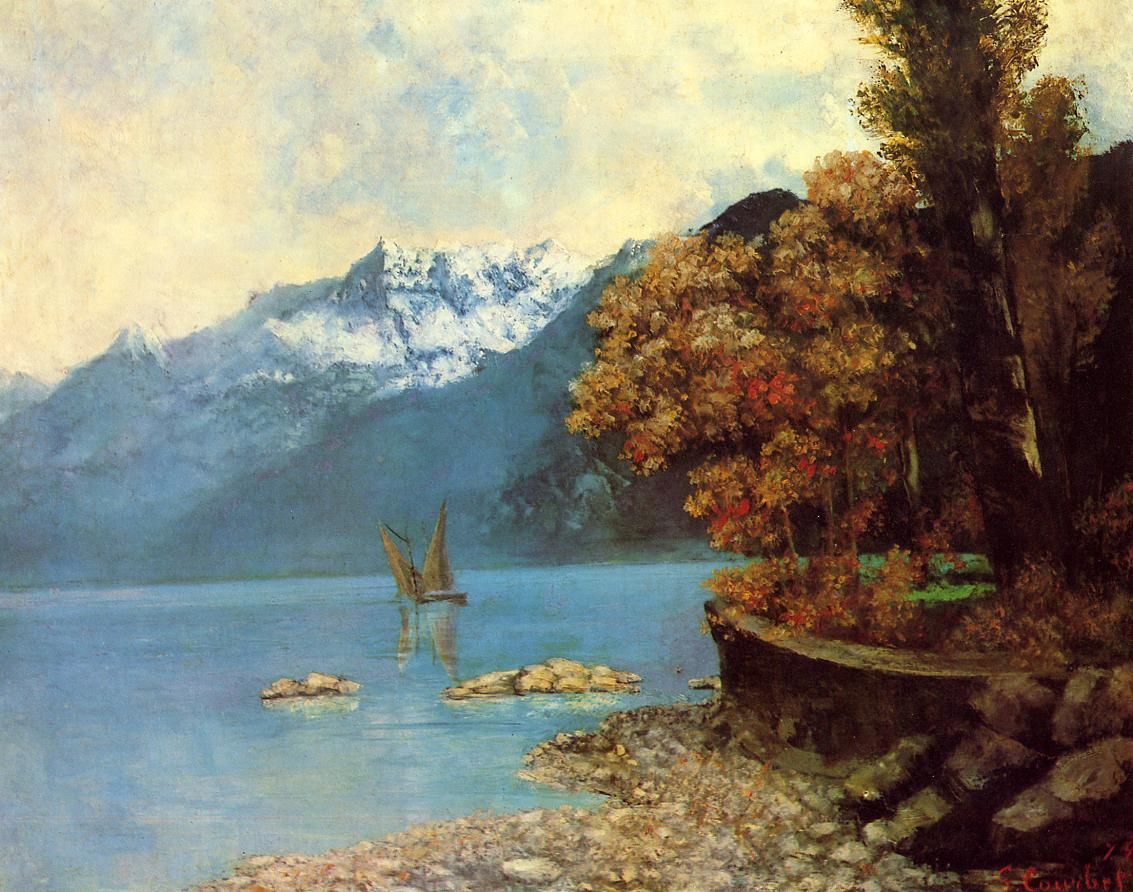
Digital Rights and Ownership
Legal frameworks around digital art ownership are still evolving. Collectors need to be conscious of the digital rights associated with their acquisitions and the implications of digital licenses and copyrights.
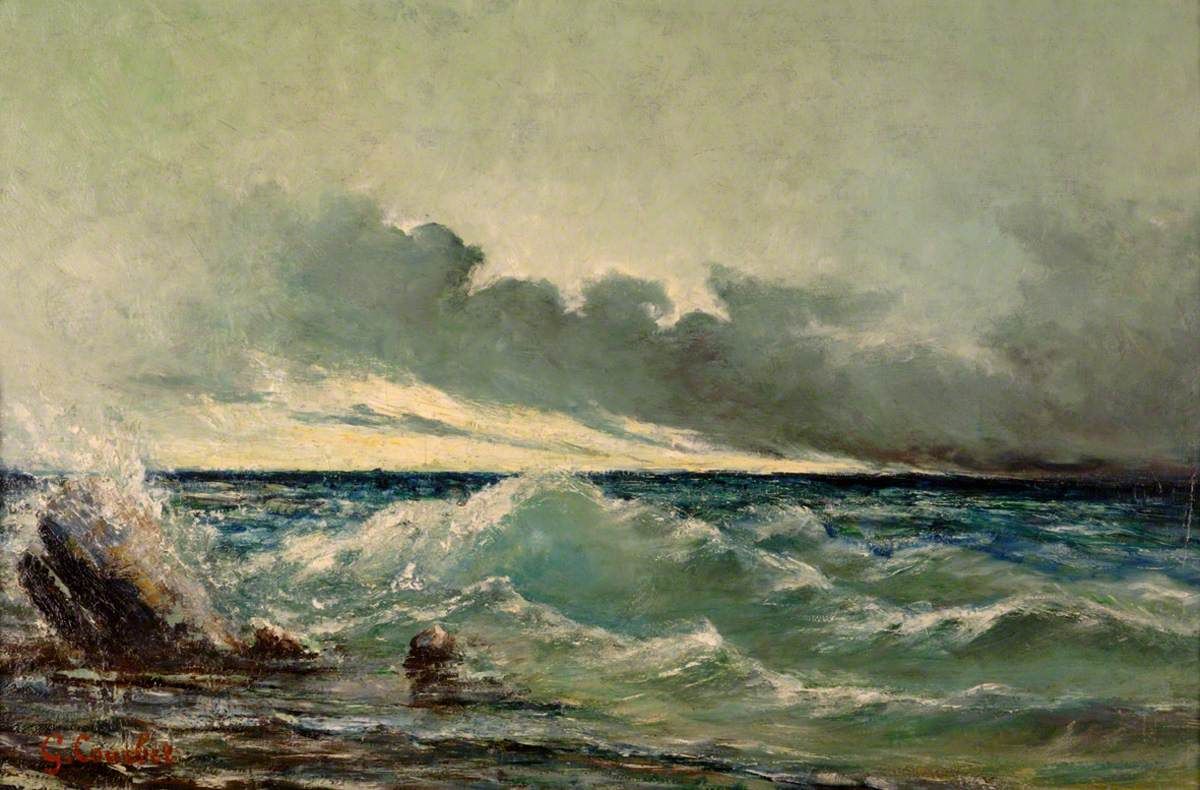
Conclusion
Art collecting in the digital age is a dynamic interplay of tradition and innovation. The opportunities to engage with art have expanded immensely, while challenges inherent to the medium demand new skills and awareness. Collectors are navigating a brave new world—one that requires not only an appreciation of beauty but also an understanding of the technologies reshaping the very foundation of art itself. As the digital and physical realms continue to converge, the art market promises to be an ever-evolving frontier, rich with potential for those willing to explore it.